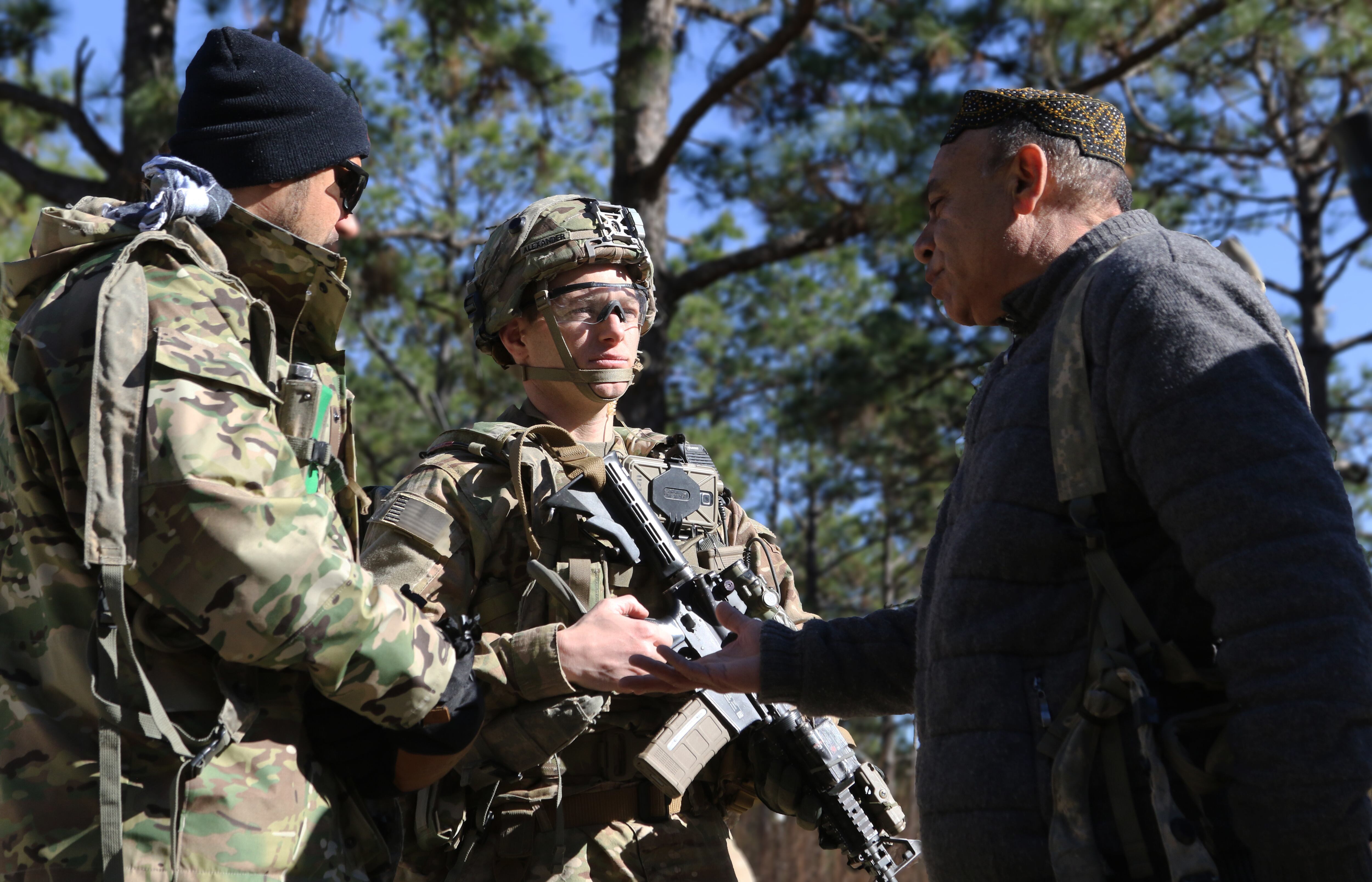After 17 years of war against low-tech adversaries, Army leaders understand that the next fight will be against high-end threats and recognize the need to modernize.
One of the critical modernization points is the Army’s tactical network, which leaders have determined won’t stack up against sophisticated enemies who can detect electronic signatures, jam signals and conduct cyber attacks.
Now, a newly established cross functional team is focusing on two priorities to meet these challenges: the unified tactical network and coalition interoperability.
“The unified tactical network is about what are we going to deliver that allows us to fight and win in a contested environment against a peer adversary,” Maj. Gen. Peter Gallagher, the network team lead, explained at the AUSA conference. He told reporters earlier this month that the Army is concerned about what soldiers need beyond the current tactical network, Warfighter Information Network-Tactical.
“That’s advanced line of sight capabilities, it’s a multi-path solution set, it’s more dynamic spectrum allocation across the network, low probably of intercept and low probability of detection in our radio systems,” he said. “It is about optimizing what we currently call our lower tactical internet, fixing our radio systems to get out of a box-centric, waveform-centric solution and really think of the network as more of an ecosystem.”
While many of these solutions will improve the network over time, the Army is working on short term wins in the interim. That’s where experimentation comes in.
The importance of experimentation
One of the key changes for the Army recently has been an emphasis on speed and soldier feedback through experimentation, prototyping and adaptation. Officials equate this to the DevOps model popular in Silicon Valley.
“Already we’re seeing the benefit of accelerated learning, if you will, from some of the experimentation that Gen. Gallagher and the team have done,” Maj. Gen. David Bassett, Program Executive Officer of C3T, said during a panel the AUSA Global Force Symposium in Huntsville, Alabama March 27. “Things that I may not have learned until much later in the acquisition cycle, we’re pushing that left and we’re learning those lessons earlier.”
Bassett added that the CFT is encouraging the acquisition community to experiment more quickly and to get feedback from soldiers faster. This in turn allows for an improved understanding of systems in ways that may not have previously existed.
One example is the security force assistance brigades (SFABs) in Afghanistan.
RELATED

“The decision the Army has made with regards to the SFABs and the types of equipment we’re putting in there [is] dramatically different from what we’ve done I the past,” Bassett told reporters at AUSA Global. “I don’t think that would’ve happened, certainly without [Gallagher’s] involvement and with the relationships he brought from the special forces community that I think helped pathed the way for those types of capabilities.”
Bassett said now there is a willingness to go forward with an 80 percent solution and learn from it without a full understanding of what the requirement will be. This kind of philosophy will allow experimentation to drive the requirement.
If the experimentation falls under a moniker the Army likes to use called “buy, try, decide,” then leveraging what is already in use by other services is what the Army calls “adapt and buy.”
“The No. 1 thing we’re working right now is this adapt and buy strategy. It’s adapting and buying solutions that are already available in the joint and special ops community in use that we the Army can explore and exploit to our advantages,” Gallagher said at AUSA Global Force.
Mark Pomerleau is a reporter for C4ISRNET, covering information warfare and cyberspace.







